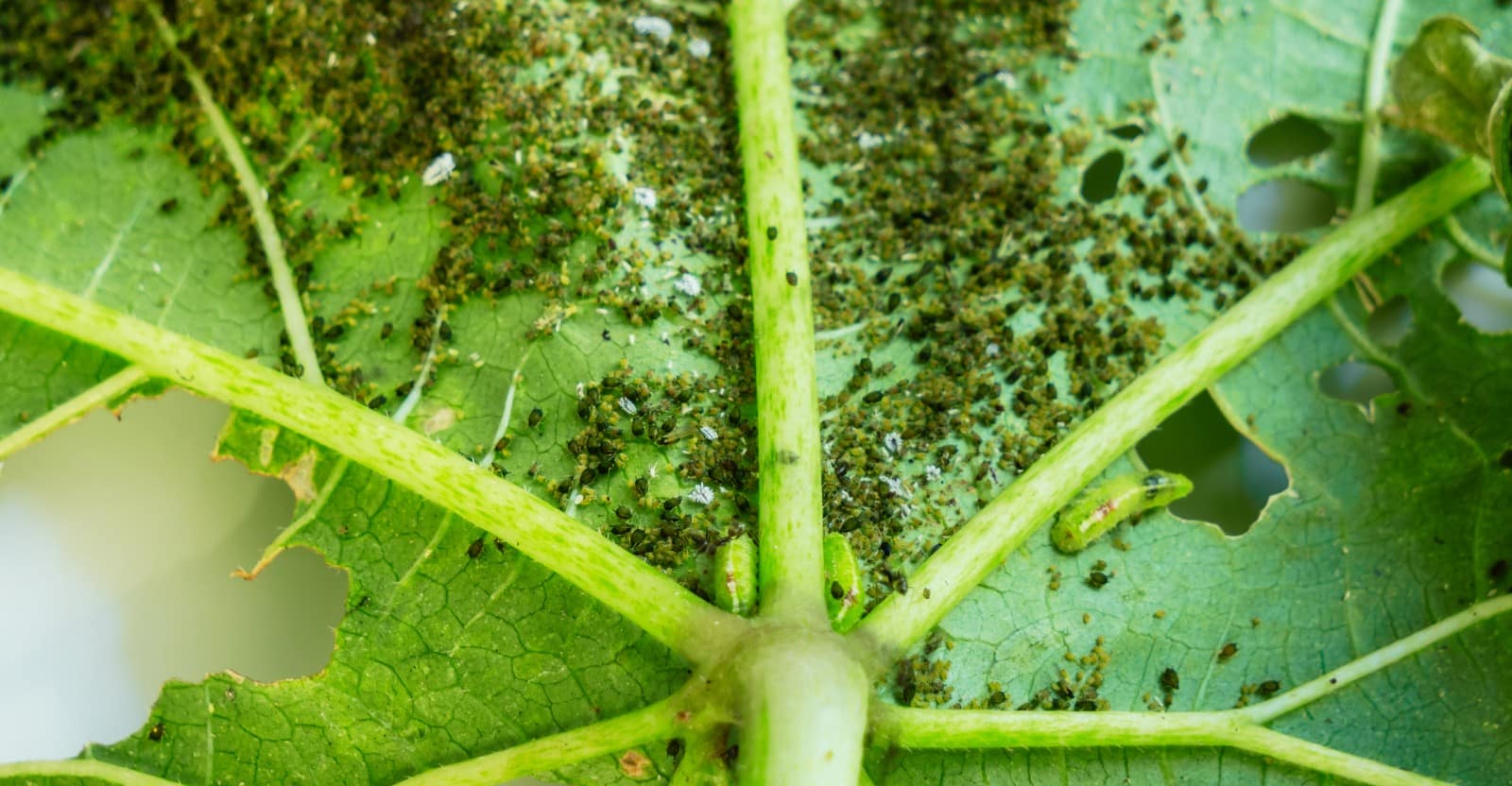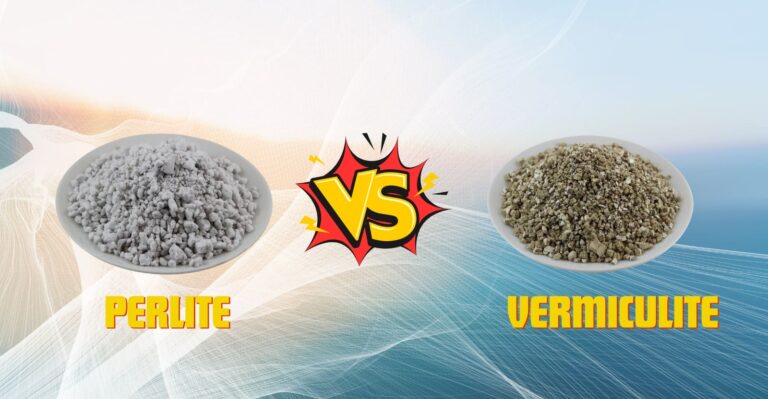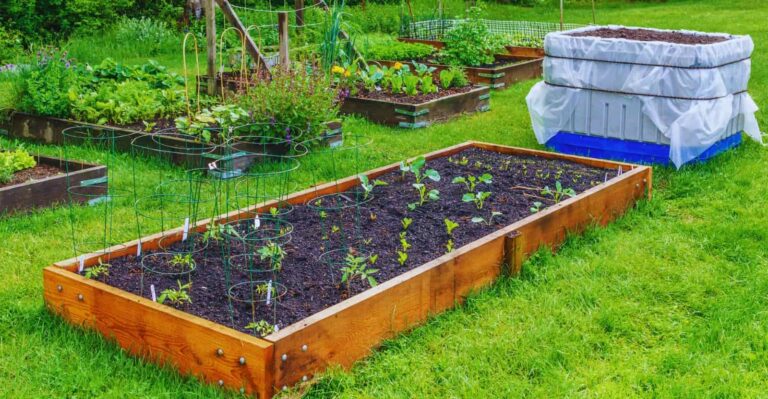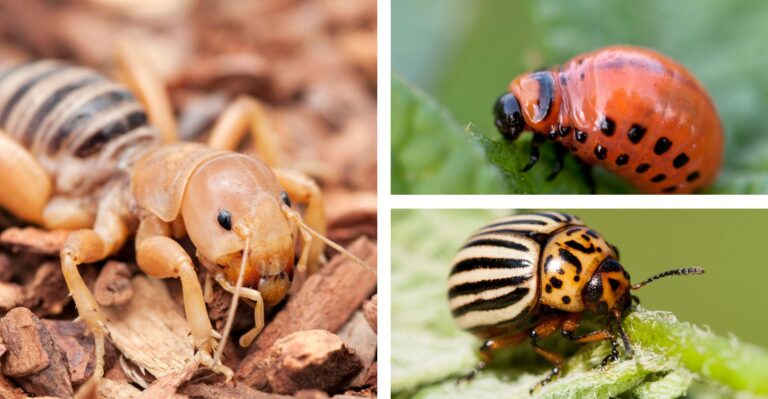Amazon has put together some great Home Gift Deals – save money and get your shopping done at the comfort of your home! Click here to see deals on Amazon
If you’ve been gardening for a while, you must have encountered little green bugs crawling and destroying your plants.
There are different ways to colonize your garden and feed on sucking the nutrient-rich saps from the plant. These can weaken and destroy the plant in just a few days regardless of the type of weed and feed you may use in your garden.
If you’re researching how to get rid of aphids, then the easiest and more natural way is to spray it with a mixture of water and dishwasher soap. You can apply it at an interval of 2 to 3 days for two weeks to see the results.
We’ve put together tips and techniques useful in controlling aphids and taking back your garden from these damaging garden pests.
What are aphids?
Aphids are small green insects with very soft and delicate body. It has a piercing-sucking mouthpart that feeds on plant saps. The saliva released by aphids helps it feed but destroys the leaves. It becomes severely distorted and damages the health of the plant.
There are different varieties of aphids, and you can identify them by its color, such as black, white, brown, gray, and pink.
Aphids are selective eaters, and depending on its color, you can identify what it usually eats. For example, there are types of aphids found in edible plants such as beans, cabbage, potatoes, and apples.
On the other hand, some aphids are found on ornamental plants and vegetations. Some aphid varieties can eat anything and usually hop around from one plant to another.
Aphids may look soft and fragile, but they are ferocious eaters and often overwhelm the plant due to sheer reproduction and destroy the leaves, foliage, and flower buds.
What is the life cycle of aphids?
Aphids (scientific name from the family of Aphididae) are born out of eggs laid by female aphids during fall and over the winter. It returns in the spring, and the eggs are hatched. The baby aphids grow very fast and get ready to reproduce during the growing season.
A single growing season can hold multiple generations of aphid hatch. The fast new growth may cause the garden to get run over by aphids in a short time. If it remains uncontrolled, it can ruin the garden in no time.
The plant gets infected with aphids when a small number of flies to a plant and finds it to a suitable host. They usually prefer new shoots with tender tissues. The egg attached to the plant hatches as nymphs in the spring.
These nymphs feed on the plant sap and grow in size. In 7 to 10 days, they mature and are ready to reproduce. Each female aphid can produce 40 to 60 offspring that quickly colonizes the plant.
The aphids keep growing their population until the plant becomes overcrowded or stressed. Some aphids will form wings and can fly. These winged form aphids fly off, seeking new hosts to repeat the process.
How to identify aphids and its damage
It’s hard to miss an aphid infestation in your garden. These tiny bugs produce a sugar-liquid waste known as “honeydew.” This encourages the growth of fungus on the deposit that accumulates on leaves and branches and turns it black.
The sooty mold and fungus growth on the top and back of the leaves are usually the first sign of aphid surge. The sugar-rich drop also attracts other bugs and insects such as ants that feed on these sugary, sticky deposits.
The infected plant begins to curl or become discolored. Aphids like to munch on soft shoots and flowers and are often noticed in those areas.
You can visually inspect the plant and notice aphids living underside leaves or have ants tending to the aphids. On edible plants, the plant fruits look deformed and damaged.
Pay attention to the overall appearance and health of the plants. If they look weak and diseased or generate a sticky texture, check if aphids have infested the plant.
Some aphids form galls on the leaves and foliage of the plant. If you see gall growing on leaves, inspect the plant for any sign of aphids.
Read More: Perlite Vs Vermiculite Difference (And When to Use Them)
How to naturally get rid of aphids
Early detection and control measures are essential if you want to save your garden and reduce the aphid population. There are different ways to control the aphid, and identification is vital to get started.
Here are some practical ways to control aphids.
Remove it by hand
If you have a small number of plants with aphids, you can remove it manually. Use a soft wet cloth and wipe it off from the plant shoots and leaves.
Ensure that you safely dispose of aphids; otherwise, you may risk infesting other plants. You can place the used aphid wipes or cloth in a plastic bag and dispose of it from your garden.
Cut infected parts
It’s the easiest way to dispose of aphids from your plant. But it may not always be practical. It gives you full protection from aphids growing and spreading to other plants.
You can use a pruner to trim infected plant sections where a large concentration has occurred. After cutting, clean the area with water or spray it with an aphid repellent solution.
Spray it with water
Spraying aphids with cold water dislodges them from plants. This also wipes off the honeydews released by aphids that prevent attracting other bugs and insects.
Direct the water spray in the direction where there is no other plant. It prevents aphids from getting washed away to another plant.
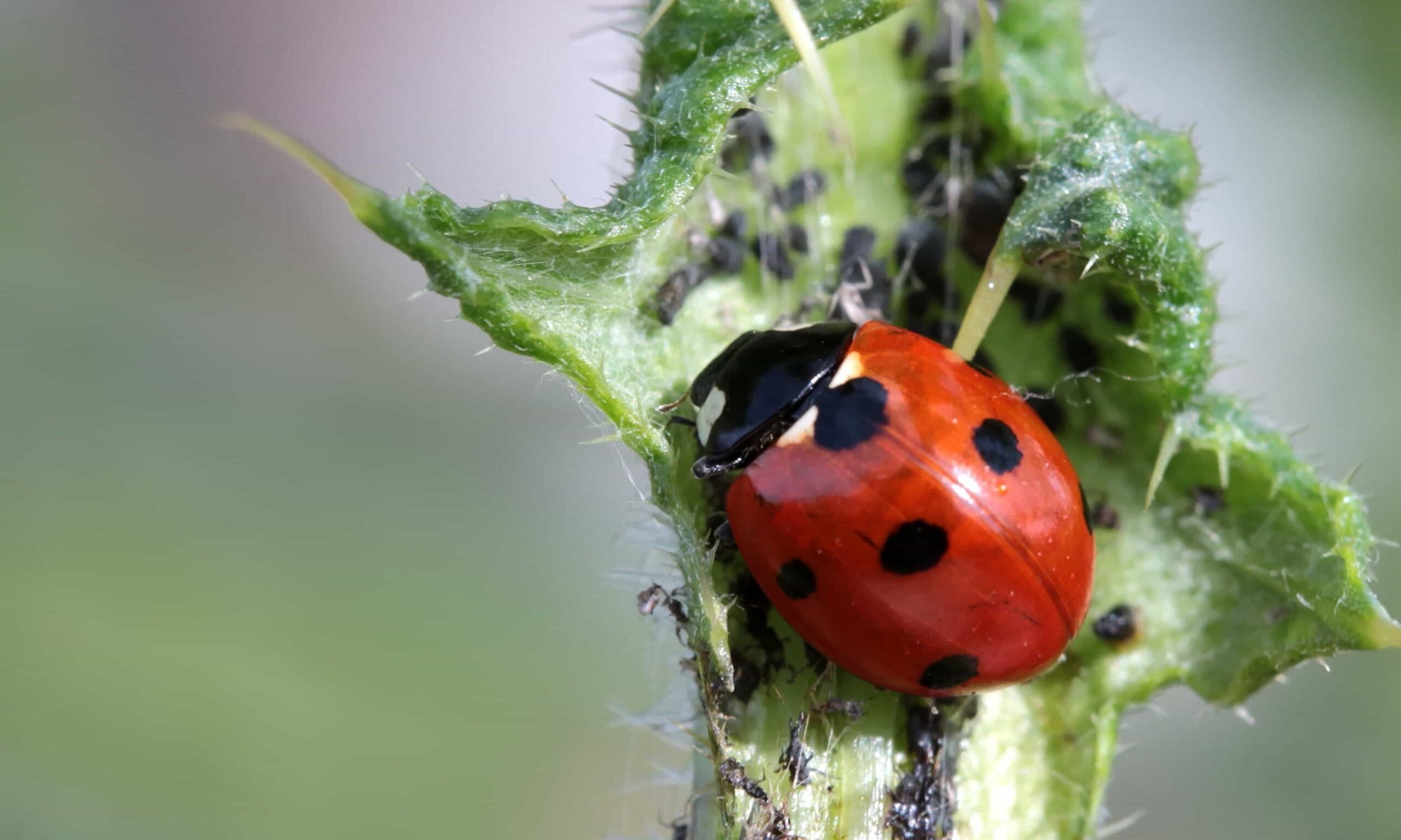
Release ladybug
You may have seen ladybugs in your garden, flying and climbing on plants. These are your garden soldiers who protect it from aphids and other bugs.
They eat growing aphids and eggs and keep the population in control. Ensure that you buy the right type of ladybugs as some are sap suckers and destroy plants instead of eating aphids.
Do proper research when buying a ladybug and don’t directly buy it because they all look the same. Some places sell wild-caught ladybugs that could be infested with disease. Usually, it’s safe to purchase lab-grown ladybugs.
Use beneficial nematodes
You can introduce beneficial nematodes in your garden that help protect it against several soil-borne pests.
It kills root aphids and other garden pests without harming friendly insects and worms. You can use nematodes on indoor and outdoor plants.
Allows birds in your garden
Birds are natural predators who help remove weeds from your yard and catch small bugs and insects.
Keeping a bird feeder in your garden is a great way to invite birds into your lawn, which then can devour these small insects. Remember that not all birds may go for these tiny insects, so you must attract the right type of birds interested in feeding on aphids.
Do companion planting
Companion planting is a selective planting technique where you plant other plants that support each other. There are some plants that aphids don’t like and keep away from them.
Planting aphid repellent plants to your flower and edible plants means aphids will keep it away from both. Usually, garlic, chives, and catnip are good aphid repellent plants that you can grow as companion plants.
How do you permanently get rid of aphids using solutions
Here are some ways you can get rid of aphids permanently using solutions.
Use insecticidal soap
You can buy insecticidal soap that helps control not only aphids but also other bugs such as mites, mealy bugs, grasshoppers, and several others.
Don’t get it confused with a typical dish soap that effectively controls aphids. These soaps are specially formulated to control insects and bugs.
It contains potassium saints of fatty acids as active ingredients, and you can apply it throughout the gardening season.
Apply neem oil
Neem oil has several medicinal properties and is widely used in South East Asia as antiseptic and home remedy treatments.
You have to use cold-pressed oil to be active on aphids. If you buy the one that is refined for home consumption, it may not be as effective. Neem oil works by discouraging aphids from eating sap due to the bitter taste of neem.
It also prevents aphid larvae from growing into adults. You can buy it from local garden stores or online vendors.
Use essential oil
Different types of essential oil are effective in controlling aphids. Applying 4 to 5 drops of essential oils such as rosemary, cedar, orange, or peppermint directly on the infected plant can help flush out aphids.
You can prepare the solution by mixing it in water and filling it up in a spray bottle. Don’t apply in high concentrations as it can burn the plant.
Use alcohol
Alcohol is effective in controlling aphids. It’s a bit time-consuming as you have to apply it to the affected area manually. You can use a cotton swab, dip it in rubbing alcohol, and gently apply it on the infected part.
Use Diatomaceous earth material
Diatomaceous earth material is another natural option to remove aphids from your garden. It’s readily available from garden centers or local retailers.
You can spray it in your garden when the plants aren’t blooming as it also kills beneficial insects such as bees in the garden. These friendly insects are essential to help pollinate your plants.
Hang sticky traps
A very popular method used to trap flies and mosquitoes in the homes, you can use the same strategy to control aphids. You can hang these sticky sheets or strips around the plants that trap flying aphids and other bugs visiting your garden.
You can buy sticky traps from garden centers or online stores.
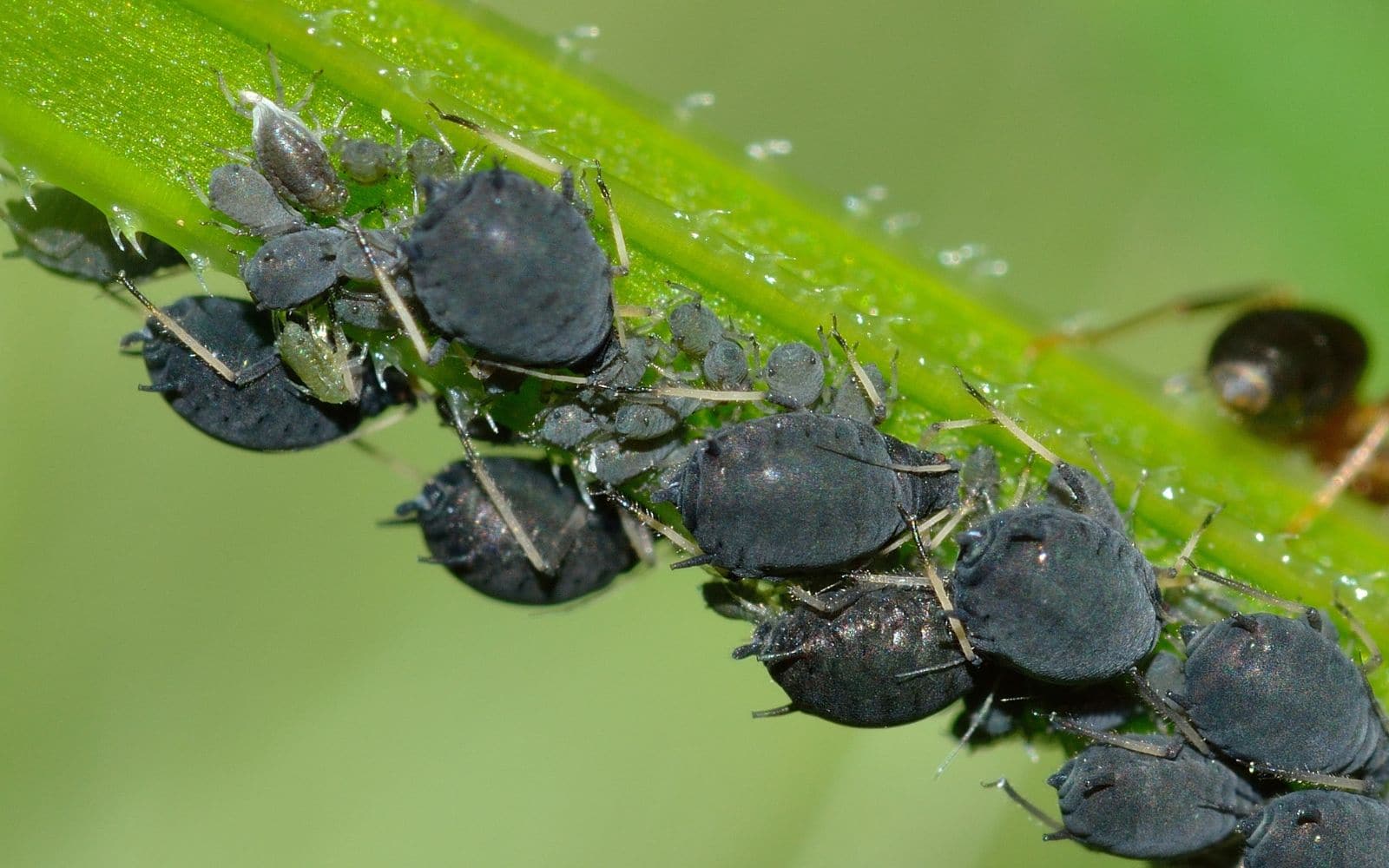
Step by step instructions to get rid of aphids
Now you know several ways to control and get rid of aphids. You don’t have to use all the strategies as some may be more effective than others.
Here is a step by step instructions on removing aphids.
Step 1: Early identification
It’s far easier to control aphid populations when only a small colony has formed. Keeping an eye on your garden plants and spotting the problem gives you a higher chance to bring things under control.
You must identify the spread of aphids early as, in some cases, it may cause irreversible damage to the plant. You may remain to have curled leaves on plants after you have eliminated aphids.
In that case, you can either remove the leaves to continue the photosynthesis process to provide food to the plant.
But if curled leaves become an eyesore, you can remove curled leaves as long as you have sufficient leaves on the plant to keep it alive.
Step 2: Hose them down
You regularly water your plants and cleaning your plants from dirt, debris, and insects are great ways to keep it healthy. So, when you’re watering your garden and see any colony of aphids, hose it down with water.
Step 3: Spray leaves with DIY insecticidal soap
For a large infestation and to kill a large aphid population quickly and effectively, you may spray plant leaves with DIY insecticidal soaps. You can make a homemade solution by mixing 2-3 teaspoons of liquid dish soap, adding a few drops of vinegar with water, and filling it in a spray bottle.
You can liberally spray the solution on the leaves and stems directly. If you don’t have vinegar, you can also add a pinch of cayenne pepper. Apply it only in affected areas only as it may be harmful to beneficial insects that you want to keep in the garden.
Step 4: Apply insecticides/pesticides
If the following methods don’t control the aphid population, you may have to apply insecticides to get fast-acting results. There are different types available in the market.
For example, nervous system insecticides such as malathion effectively handle different species of aphids that live on shade trees and ornamental plants.
You have to be careful when applying insecticides and make sure that the plants or crops that you’re treating are mentioned on the label. Follow the application guidelines that come with it to get the best possible results.
Avoid using Sevin (carbaryl) based insecticide as it’s not very effective against aphids but can harm the beneficial insects in the garden. Solutions that contain pyrethrins, imidacloprid, or pyrethrin are the safest as these have low toxicity and produce quick results.
Step 5: Strategic companion planting
If your garden gets invaded by aphids every year, you can do strategic companion planting. Plants such as oregano, sage, garlic, onion, and leeks are natural aphid repellents.
These plants generate strong scents that deter aphids from making colonies on these plants and other nearby plants. Companion planting is a long-term prevention technique that maintains the natural look of your garden without needing much care.
Conclusion
For a healthy and good-looking garden, you need to keep it free from aphids. There are several different ways you can control it before it takes hold in the garden.
A well-established and healthy plant can tolerate mild to moderate aphid infestation. Still, it may cause leaves and plants to wilt or turn yellow.
In extreme cases, you can use preventive measures and apply pesticides that help control aphid populations. Make sure that you read and follow the application directions for the safe use of any pesticide.
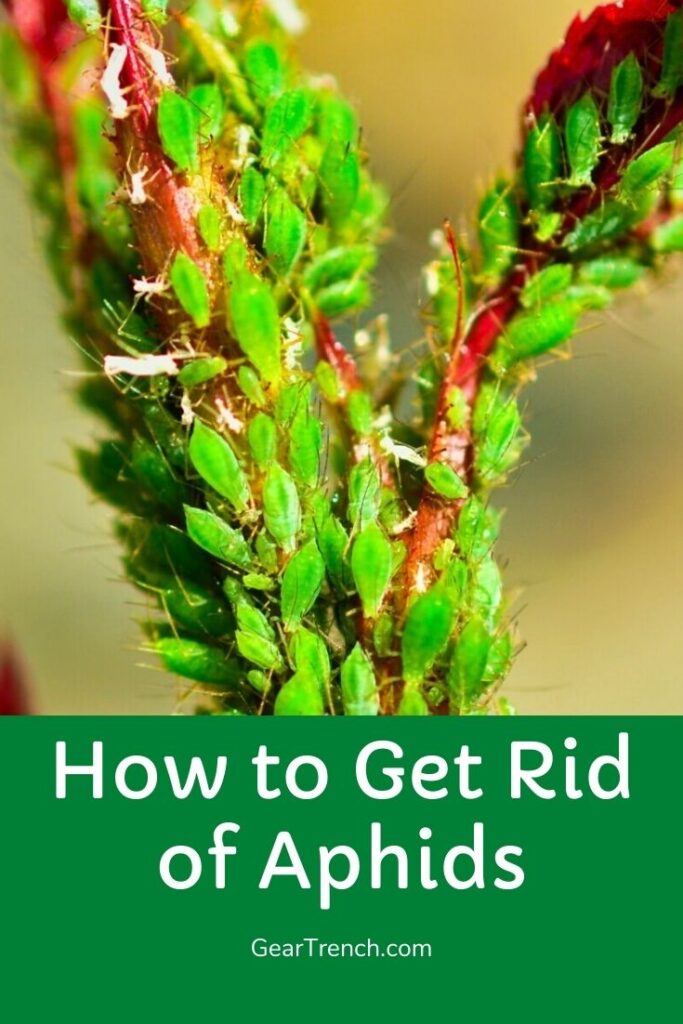
Don’t forget to share this post

